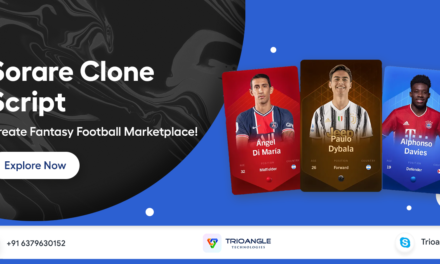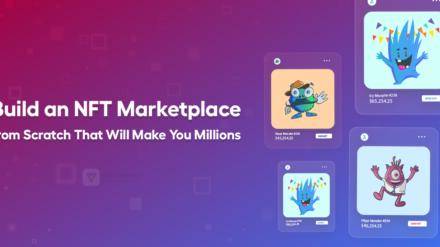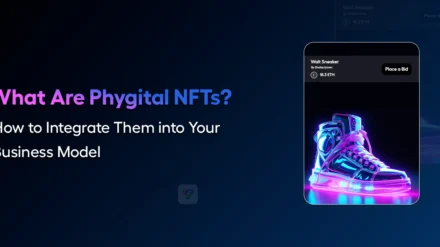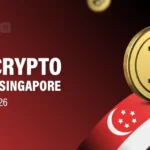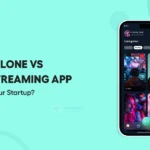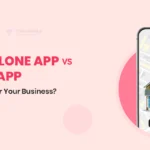Let’s be honest… NFTs confused a lot of us at first. JPEGs selling for millions? Celebs minting memes? Wild.
But fast forward to emerging NFT trends in 2025, and things have seriously matured.
Now, we’re talking real estate on-chain, AI NFTs that think, Bitcoin-based art, and gaming assets that actually earn.
These days, entrepreneurs aren’t buried in code. They’re treating NFT marketplace development as a modular process, assembling it piece by piece. Fast, flexible, and made to launch without the usual headaches.
This blog isn’t hype. It’s the full picture of what’s real, what’s rising, and how to ride the next wave with purpose.
Grab a coffee. Let’s explore what they all are.
Emerging NFT Trends Driving the 2025
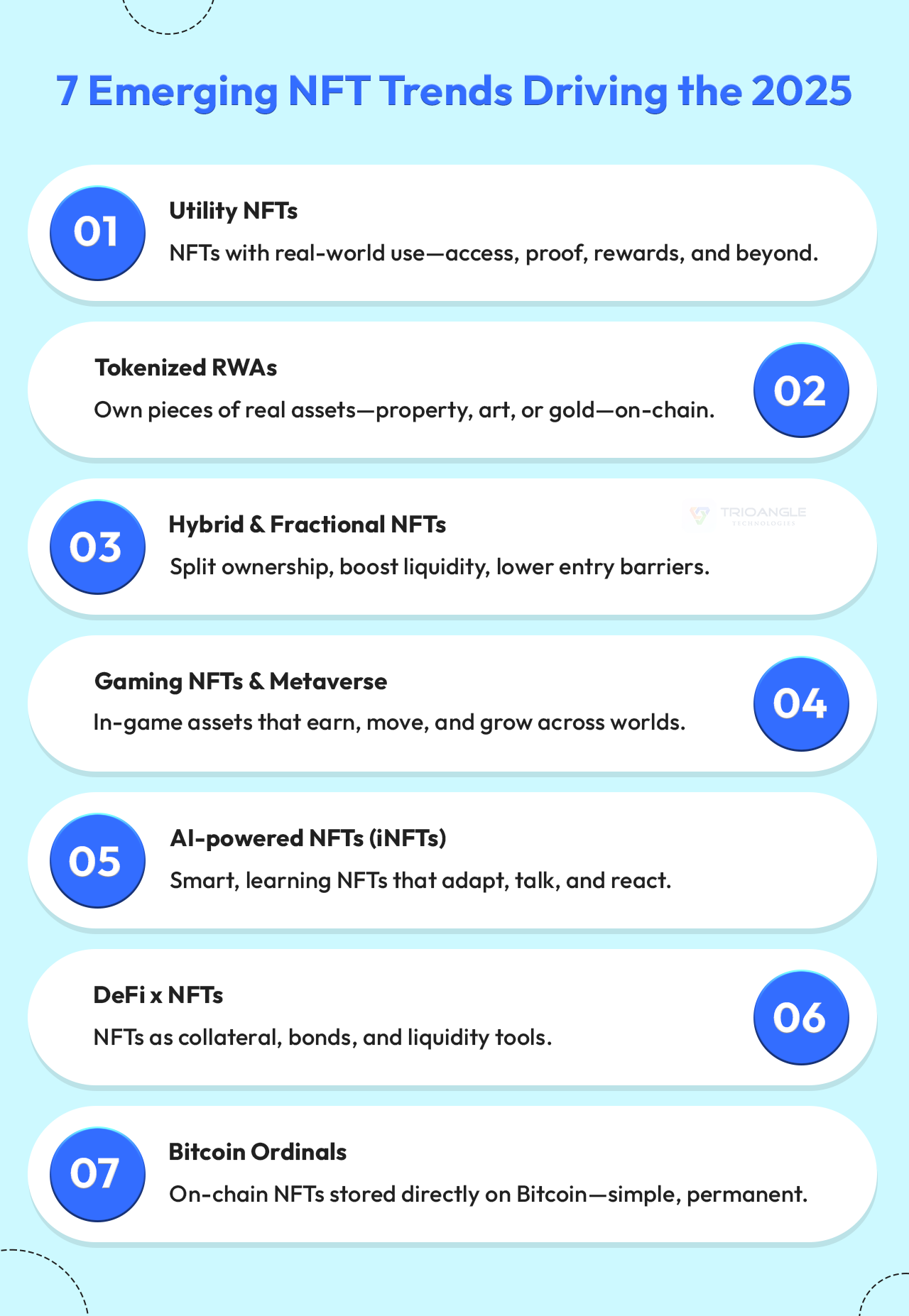
Utility & Functional NFTs: Everyday Use Cases
With embedded functionality, utility NFTs create meaningful value both online and offline. Unlike regular NFTs that represent art or collectibles. These NFTs come with actual use or function like giving access, rewards, or services. They’re one of the most useful emerging NFT trends in 2025. Especially for startups and digital platforms.
How Do They Work?
The smart contract is a set of programs stored in the blockchain. It plays a key role in developing NFTs with real-world functionality. These contracts define what the NFT can do. For example, if a Utility NFT is a digital concert ticket… the smart contract can check if it’s valid, allow entry, and even unlock VIP perks. The entire process runs seamlessly without the need for third-party involvement.
Common Use Cases
- Memberships: Grant access to private communities or services.
- Loyalty Programs: Reward repeat customers with NFT-based bonuses.
- Certifications: Confirm ownership of learning achievements or specialized instruction.
- Real Estate NFTs: Validate property-related rights, whether for temporary use or full ownership.
Benefits for Entrepreneurs
- Utility NFTs automate services, reducing costs. And saving time by removing middlemen through smart contracts.
- They build transparency and trust since all transactions and perks are visible on-chain.
- They create flexible digital products that work across industries. Like real estate, gaming, and education.
With smart NFT marketplace development, startups can support these utilities fast.
CHALLENGE ADDED: Regulatory clarity around what constitutes a utility NFT is still evolving. Particularly in regions like the EU and US. Entrepreneurs must consult legal advisors before launching.
Tokenization of Real‑World Assets (RWAs): Unlocking Physical Value
Tokenization of Real-World Assets (RWAs) is a major shift in how we use blockchain. It means converting physical things. Like real estate, gold, art, or even cars into digital tokens that live on the blockchain. Each digital token corresponds to a share or full value of the physical item. This is one of the most practical and fast-growing emerging NFT trends in 2025.
How It Works
Let’s say you own a property worth $500,000. Instead of a complete sale, the property is digitized and sold in smaller token units. Creating 1,000 digital tokens, each worth $500. These tokens can be sold or traded. The blockchain keeps a clear, secure record of who owns what.
Smart contracts handle ownership rules and transfers. This means no paperwork delays, fewer middlemen, and automatic trust.
Common Use Cases
- Real estate: Sell parts of a house or commercial building.
- Fine art: Own a fraction of a rare painting.
- Commodities: Tokenize gold or oil for easy trade.
- Business shares: Sell equity via tokens.
Benefits for Entrepreneurs
- It opens access to big investments for small investors.
- Increases liquidity by making physical assets easy to trade.
- Reduces fraud by keeping records on-chain.
- Platforms like Tinlake on Polkadot already offer these features.
Tokenizing real-world assets helps businesses unlock value, raise funds. And reach global markets faster and more securely.
CHALLENGE ADDED: Legal compliance varies by country. Tokenized real estate may be classified as securities, requiring adherence to SEC or local financial authority rules.
3 Hybrid & Fractional NFTs: Making Big Assets Accessible
With hybrid and fractional NFTs, digital asset investment is becoming more accessible and diversified. These models let users own a piece of a high-value NFT instead of buying the whole thing. By 2025, this movement is simplifying access to NFTs for a broader audience. Liquid, and practical especially for startups and creators.
What Are They?
- Hybrid NFTs unify the divisible value of fungible tokens with the distinct identity of NFTs.
- Fractional NFTs break one NFT into smaller units that can be shared or traded by many users.
The process is powered by blockchain-based smart contracts, frequently using ERC-404 tokens. It allows the NFT to behave partly like a regular token (for easy trading). While still keeping its unique traits.
How It Works
Imagine an NFT artwork worth $100,000. Instead of one buyer, 1,000 people can each buy a $100 share. The smart contract ensures every share is recorded and updated securely on the blockchain.
Real Use Cases
- Collectibles like rare digital art or music rights
- Real estate NFTs shared across investors
- Game NFT marketplaces where items are shared in parts
Benefits & Challenges
This model improves liquidity, opens up investment for more users, and creates new revenue models. But challenges include legal clarity, valuation fairness, and evolving NFT marketplace trends.
Fractional NFTs are a key part of building a more open and flexible multi-chain NFT marketplace in the near future.
CHALLENGE ADDED: Legal rights per token holder are still ambiguous in many jurisdictions. Valuation fairness and governance are evolving topics.
4 Gaming & the Metaverse Integration: The $5B+ Powerhouse
In 2025, virtual environments and blockchain gaming are pushing NFT development to new heights. making up a huge share of the NFT market over $5 billion of the $12 billion volume in March alone. Gaming NFTs are fueling this expansion by enabling players to own, trade, and use assets across virtual ecosystems.
What Are Gaming NFTs?
Gaming NFTs are digital assets. Such as tradable in-game items like characters, skins, territories, and weapons under player ownership. These are not just visual elements, they hold real value. And can be used across many platforms. Players no longer “rent” items inside games they own them.
How It Works
Each gaming NFT is stored on a blockchain. Smart contracts record ownership and control how the item behaves in the game. Some platforms use cross-chain systems, so a sword used in one game might work in another. These NFTs can also be sold in a game NFT marketplace, letting players earn real income.
Use Cases
- Virtual real estate inside metaverse platforms
- Play-to-Earn games where players earn rewards
- Metaverse integration with AR/VR characters and gear
Benefits & Tech Considerations
- They bring true asset ownership, increase player engagement, and support global trading.
- Challenges include ensuring on-chain scarcity
- Building scalable platforms, and managing multi-chain NFT marketplace interoperability.
- Gaming NFTs are redefining value in the virtual world and are here to stay.
CHALLENGE ADDED: Developers must manage scalability, on-chain scarcity, and ensure compliance with gaming regulations and user data laws.
5 AI-Enhanced NFTs (iNFTs): The Rise of Intelligent Assets
AI-powered NFTs are emerging as one of the most thrilling NFT trends to watch in 2025. Often called Intelligent NFTs (iNFTs). These are not static images or tokens; they interact, learn, and evolve using artificial intelligence. They open the door to smarter, personalized digital experiences.
What Are iNFTs?
By merging artificial intelligence with blockchain smart contracts, iNFTs represent dynamic digital assets capable of real-time interaction, self-modification, and autonomous content generation. Think of it as a smart avatar, virtual assistant, or learning character—all powered by AI, secured on the blockchain.
How Do They Work?
An iNFT integrates blockchain smart contracts with AI algorithms, which may operate off-chain while still interacting dynamically with the token’s metadata. For example, an AI-based NFT artist could create a new artwork every week based on your preferences, and all versions are linked back to one NFT on-chain.
Use Cases
- AI-powered NFT curation for personalized art or content feeds
- Virtual influencers for games or metaverse spaces
- Adaptive gaming NFTs that learn player behavior
- NFT digital assets that evolve based on user interaction
Benefits & Opportunities
- iNFTs create engaging, living digital assets that adjust to user needs.
- They bring new life to NFT marketplace trends and support smarter, more dynamic content. For entrepreneurs, this means better user engagement, new monetization paths. and innovative NFT digital assets never seen before.
CHALLENGE ADDED: Developers must consider AI bias, data privacy, and ethical content generation laws while building iNFTs.
6 DeFi Integration & NFT Finance: Beyond Collectibles
One of the key emerging NFT trends in 2025 is the growing connection between NFTs and Decentralized Finance (DeFi). This shift transforms NFTs from static collectibles into dynamic financial tools. Now, NFTs can be used to earn, borrow, lend, or even generate income just like traditional assets.
What Is NFT Finance?
NFT Finance refers to using NFTs in DeFi ecosystems. This includes using NFTs as collateral for loans, placing them in liquidity pools. Or turning them into fractional bonds that pay returns. It’s a smarter way to use high-value NFTs, especially those tied to real estate, gaming, or digital art.
How Does It Work?
Say you own a rare Gaming NFT. Instead of selling it, you deposit it into a DeFi lending platform. A smart contract assesses its value and gives you a crypto loan. If repaid, you get your NFT back. If not, the contract handles liquidation. The entire system runs on automated, transparent code.
Use Cases
- Lending with NFTs as security
- Yield farming with staked NFTs
- Tokenizing real-world assets into income-generating tokens
Business Benefits
- Access to instant liquidity without selling core assets
- Passive income through staking and yield farming
- New revenue models for NFT platforms and creators
- Better asset use make every NFT productive
CHALLENGE ADDED: Legal status of NFT-backed loans is unclear in many countries. KYC, AML, and regulatory frameworks must be followed closely.
7 Bitcoin Ordinals & Minimalist NFTs: Simplicity on Bitcoin
One of the most interesting emerging NFT trends in 2025 is the rise of Ordinals, also called Bitcoin NFTs. Unlike most NFTs built on Ethereum. Ordinals store digital content right on the Bitcoin blockchain, making NFTs more permanent and easier to manage.
What Are Ordinals?
Ordinals are digital assets inscribed directly onto individual satoshis—the smallest units of Bitcoin. Each satoshi has its own number and can hold digital content like pictures, writing, or even software code. Once recorded, this data becomes a permanent part of the Bitcoin blockchain.
How It Works
Ordinals don’t need smart contracts or external storage. Instead, they follow a protocol that allows content to be saved within Bitcoin’s blocks. This process is more lightweight and transparent than many Ethereum-based solutions.
Use Cases
- Digital collectibles stored fully on-chain
- Minimalist art NFTs that don’t rely on external links
- Tokenizing real-world assets with simplified metadata
- Eco-friendly NFTs using fewer resources to mint
Business & Technical Benefits
They promote decentralization beyond Ethereum and offer strong on-chain security. Businesses benefit from Ordinals through streamlined workflows and assured authenticity. Developers can assess the compatibility of their solutions with the emerging 2025 fractional NFT standards. And test new formats in multi-chain NFT marketplaces.
CHALLENGE ADDED: Limited scalability and content size restrictions compared to Ethereum-based NFTs. Developers must optimize asset formats.
Where You Go From Here
So, what did we just walk through?
Not only emerging NFT trends 2025 but signals of where the NFT world is actually going. From Utility NFTs to Bitcoin-based minimalist NFTs, from fractional ownership to AI personalization. We’re witnessing the NFT ecosystem mature fast, and the real opportunity is in building with purpose.
Whether you’re a startup founder, a creator, or someone simply curious about the future of ownership this is your moment.
And no, you don’t need to reinvent the wheel. With smart NFT marketplace clone development, you can launch faster, adapt quicker. And tap into these trends as they happen not months later.
Web3 doesn’t wait. But now, you don’t have to either.



